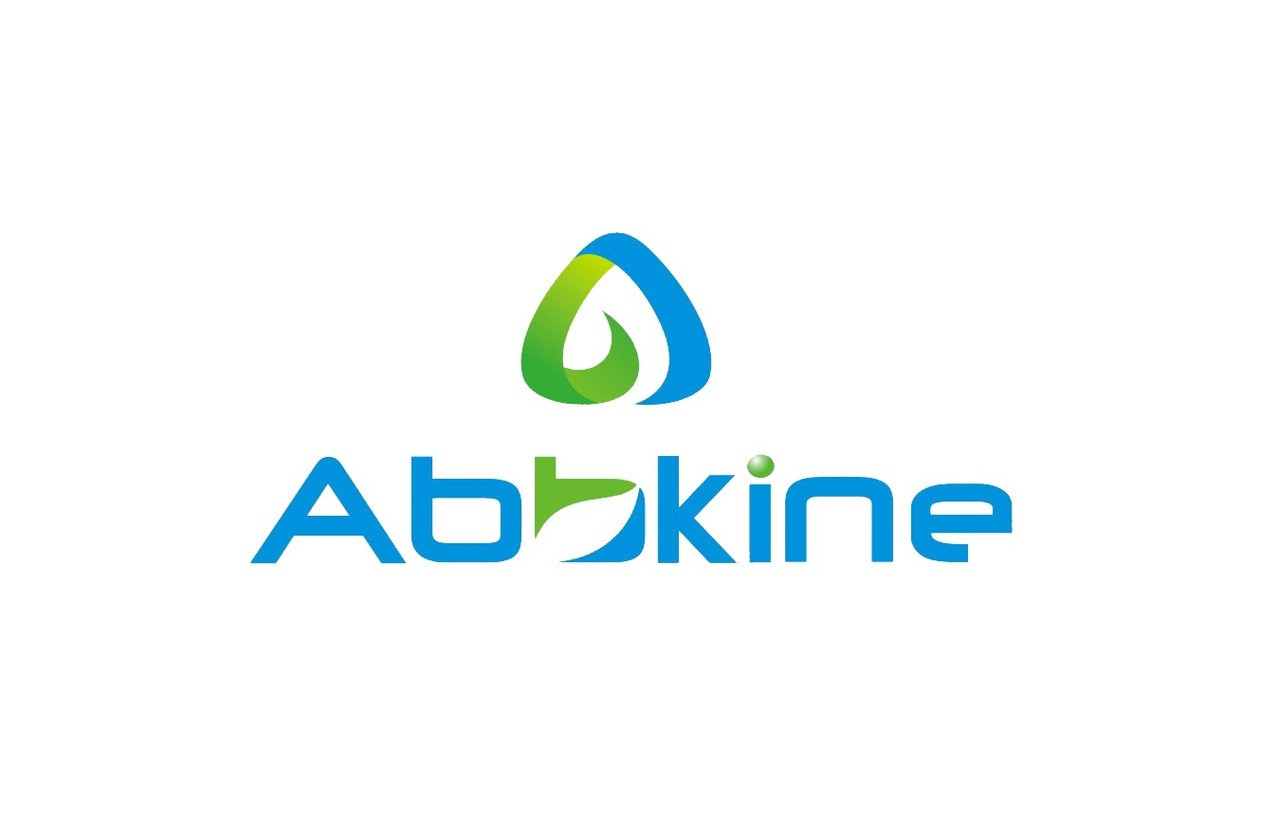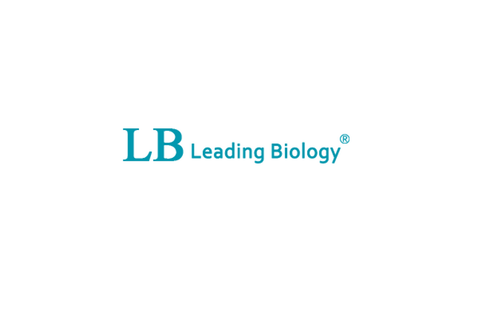Product Description
Human Transforming growth factor-beta-induced protein ig-h3 (TGFBI) ELISA Kit | KTE60512 | Abbkine
Application: This Human Transforming growth factor-beta-induced protein ig-h3 (TGFBI) ELISA Kit employs a two-site sandwich ELISA to quantitate TGFBI in samples. An antibody specific for TGFBI has been pre-coated onto a microplate. Standards and samples are pipetted into the wells and anyTGFBI present is bound by the immobilized antibody. After removing any unbound substances, a biotin-conjugated antibody specific for TGFBI is added to the wells. After washing, Streptavidin conjugated Horseradish Peroxidase (HRP) is added to the wells. Following a wash to remove any unbound avidin-enzyme reagent, a substrate solution is added to the wells and color develops in proportion to the amount of TGFBI bound in the initial step. The color development is stopped and the intensity of the color is measured.
Detection Method: Colorimetric
Conjugate: N/A
Sample Type: Cell culture supernatants#Serum#Plasma#Other biological fluids
Assay Type: Multiple steps standard sandwich ELISA assay with a working time of 3-5 hours. It depends on the experience of the operation person.
Kit Component: • Human Transforming growth factor-beta-induced protein ig-h3 microplate
• Human Transforming growth factor-beta-induced protein ig-h3 standard
• Human Transforming growth factor-beta-induced protein ig-h3 detect antibody
• Streptavidin-HRP
• Standard diluent
• Assay buffer
• HRP substrate
• Stop solution
• Wash buffer
• Plate covers
Features & Benefits: Human Transforming growth factor-beta-induced protein ig-h3 (TGFBI) ELISA Kit has high sensitivity and excellent specificity for detection of Human TGFBI. No significant cross-reactivity or interference between Human TGFBI and analogues was observed.
Calibration Range: Please inquire
Limit Of Detection: Please inquire
Usage Note: • Do not mix components from different kit lots or use reagents beyond the kit expiration date.
• Allow all reagents to warm to room temperature for at least 30 minutes before opening.
• Pre-rinse the pipet tip with reagent, use fresh pipet tips for each sample, standard and reagent to avoid contamination.
• Unused wells must be kept desiccated at 4 °C in the sealed bag provided.
• Mix Thoroughly is very important for the result. It is recommended using low frequency oscillator or slight hand shaking every 10 minutes.
• It is recommended that all samples and standards be assayed in duplicate or triplicate.
Storage Instruction: The unopened kit should be stored at 2 - 8°C. After opening, please store refer to protocols.
Shipping: Gel pack with blue ice.
Precaution The product listed herein is for research use only and is not intended for use in human or clinical diagnosis. Suggested applications of our products are not recommendations to use our products in violation of any patent or as a license. We cannot be responsible for patent infringements or other violations that may occur with the use of this product.
Background: TGF-β is capable of producing a variety of effects and virtually all cell types respond to this factor in some way. The inappropriate presence of active TGF-β1 has been implicated in a variety of pathological conditions Because of the necessity for regulating its activity tightly, TGF-β is secreted by cells in the form of an inactive complex. This complex consists of TGF-β1 associated non-covalently with a protein designated the latency associated peptide (LAP) . TGF-β1 and LAP represent components of a pro-peptide that is cleaved in a post-golgi compartment prior to secretion. LAP and TGF-β1 each consist of a disulfide-linked homodimer and the association of these two components renders TGF-β1 inactive and inaccessible to anti-TGF-β antibodies.
Alternative Names: TGFBI; BIGH3; CDB1; CDG2; CDGG1; CSD; CSD1; CSD2; CSD3; EBMD; LCD1; RGD-containing collagen-associated protein; kerato-epithelin
Search name: TGFBI; BIGH3; CDB1; CDG2; CDGG1; CSD; CSD1; CSD2; CSD3; EBMD; LCD1; RGD-containing collagen-associated protein; kerato-epithelin
Tag: TGFBI
 Euro
Euro
 USD
USD
 British Pound
British Pound
 NULL
NULL








